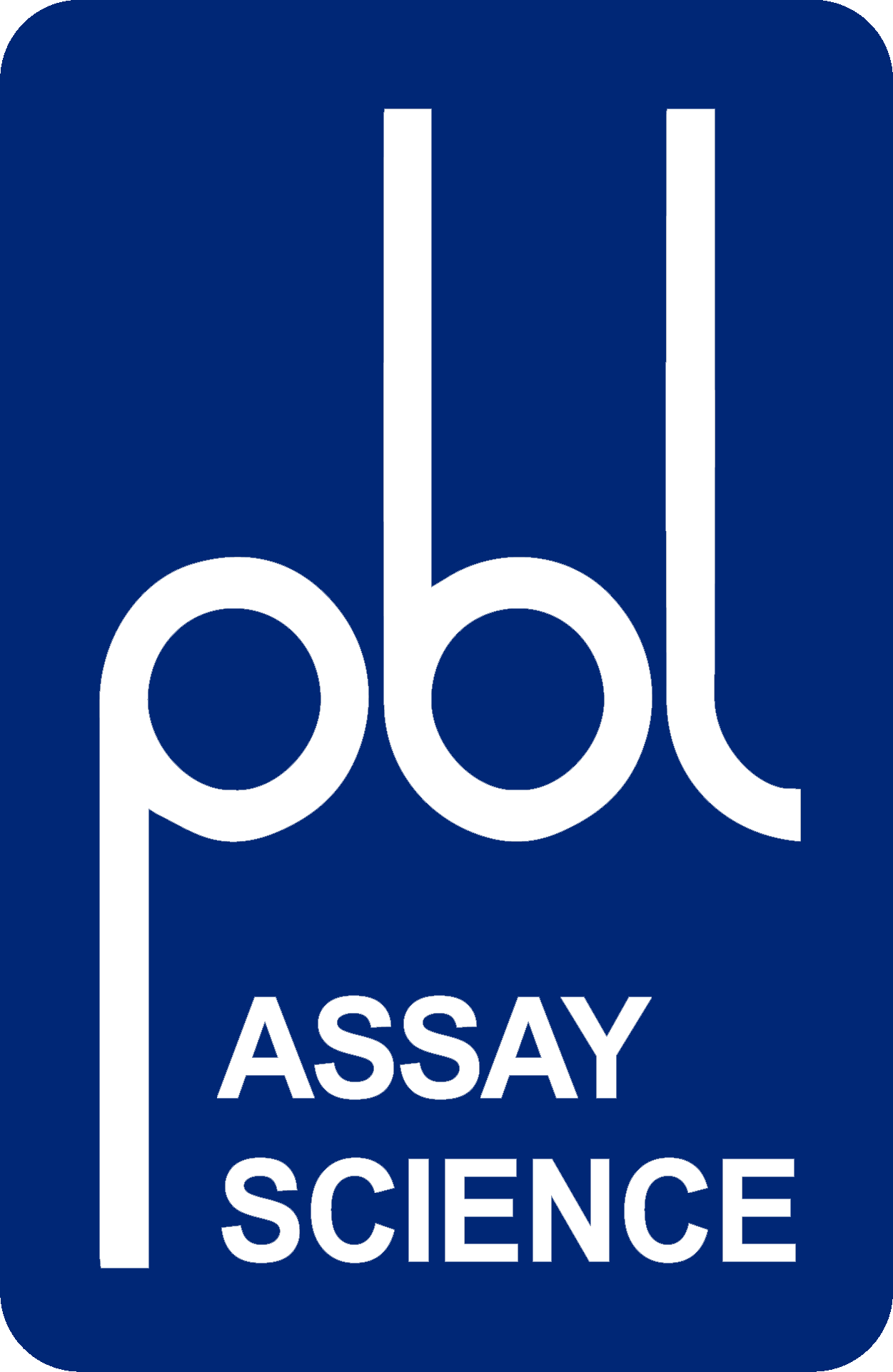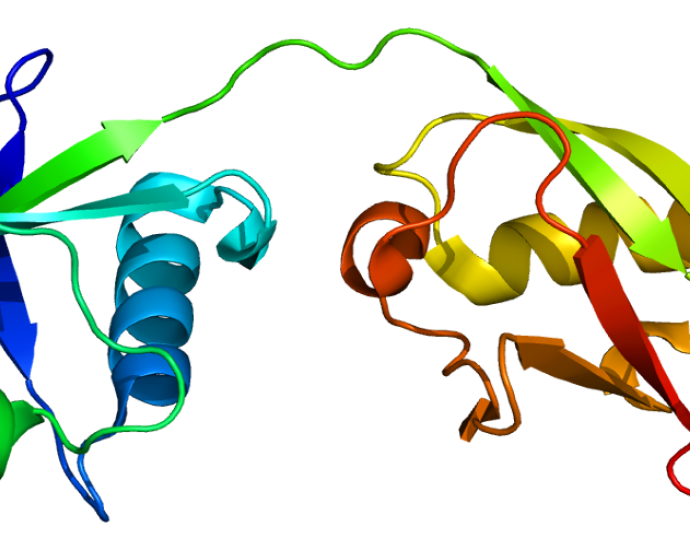Human IL-29/IFN-Lambda 1, Carrier-Free
Catalog Number: 11826
Recombinant Human Interleukin 29/IFN-Lambda 1, carrier-free, expressed in mouse myeloma cells, NS0-derived.
$672.00
Product Info
This protein exerts antiviral activity and up-regulation of MHC class I antigen expression. It also plays an important role in host defenses against microbes.
Specifications
| Formulation | Supplied lyophilized without a carrier protein |
|---|---|
| Molecular Weight | Based on N-terminal sequencing, the mature recombinant IL-29 starts at Gly 20 and has a calculated molecular mass of 21.4 kDa. As a result of glycosylation, the recombinant monomer migrates as an approximately 26-35 kDa protein in SDS-PAGE under reducing conditions. |
| Source | DNA sequence encoding the signal peptide from human CD33 was fused to the carboxyl terminally polyhistidine-tagged mature human IL-29 (Gly 20-Thr 200). The chimeric protein was expressed in a mouse myeloma cell line, NS0. |
| Purity | Greater than 95% Endotoxin level < 1 EU/μg |
| Bioactivity | Human HepG2 cells infected with encephalomyocarditis virus, ED50 1-5 ng/ml |
| Storage | For retention of full activity store at -70°C or below and avoid repeated freeze/thaw cycles |
| Synonyms | Hu IL-29; Hu IFN-λ1 |
| Accession Number | Q8IU54 |
Tech Info & Data
Background
The IFN-lambda gene family is composed of three distinct genes: IFN-lambda 1 (IL-29), IFN-lambda 2 (IL-28A) and IFN-lambda 3 (IL-28B). All three are class II cytokine receptor ligands that are distinctly related to members of the IL-10 family and Type I family. Refer to the Certificate of Analysis for references associated with this information.
IL-28A, IL-28B, and IL-29, also named interferon-λ2 (IFN-λ2), IFN-λ3, and IFN-λ1, respectively, are newly identified class II cytokine receptor ligands that are distantly related to members of the IL-10 family (11-13% aa sequence identity) and type I IFN family (15 - 19% aa sequence identity).1 – 3 The genes encoding these three cytokines are localized to chromosome 19 and each is composed of multiple exons. The exon organization of these genes is also found in the IL-10 family genes but is distinct from the type I IFNs, which are encoded within a single exon. The expression of IL-28A, B, and IL-29 is induced by virus infection or double-stranded RNA. All three cytokines exert bioactivities that overlap those of type I IFNs, including antiviral activity and up-regulation of MHC class I antigen expression. The three proteins signal through the same heterodimeric receptor complex that is composed of the IL-10 receptor β (IL-10 Rβ) and a novel IL-28 receptor α (IL-28 Rα, also known as IFN-λ R1). Ligand binding to the receptor complex induces Jak kinase activation and STAT1 and STAT2 tyrosine phosphorylation. The phosphorylated STAT1 and STAT2 complex with IFN-regulatory factor 9 (IRF-9) to form the IFN-stimulated regulatory factor 3 (ISGF-3) transcription factor complex that is translocated to the nucleus. ISGF-3 binds to the IFN-stimulated response element (ISRE) present in the regulatory regions of the target genes. Human IL-29 cDNA encodes a 200 amino acid (aa) residue precursor protein with a putative 19 aa signal peptide and a 181 aa mature protein, which is a monomer in solution. It shares 67% and 69% aa sequence identity with human IL-28A and human IL-28B, respectively.
Citations
References
- Vilcek, J., 2003, Nature Immunol. 4:8 - 9.
- Sheppard, P. et al., 2003, Nature Immunol. 4:63 - 68.
- Kotenko, S.V. et al., 2003, Nature Immunol. 4:69 - 77.

